A good finish on wooden furniture not only helps it last, it also plays a part in your décor scheme. Picking the kind of finish is thus an important part of home decorating, as well as a big part of furniture care. When it comes to popular wood finishes, it’s also important to take into account what is best for your needs, as well as for the wood.
Types of Finish
There are two main types of wood finish, surface finish and penetrating finish. Surface finish is just that, a finish placed on the surface of the wood as a protective barrier. It’s great for pieces that see a lot of wear. If you’re planning to buy a table that will last for a lifetime, such finishes are good options. Penetrating finishes get absorbed by the wood, offering protection and improved durability. Both finishes have their uses, so picking the right kind depends partially on personal taste and needs.
Paint
Paint is considered a surface finish, but it’s not generally considered ideal for dining room tables. That said, you do have it as an option, especially if you use a pure primer. Primer will allow the grain and tones of the wood to stand out better than regular paint or paint mixed with primer. Primer can also help you adjust the color to better suit your aesthetic, if so desired. Just keep in mind paint needs to be touched up and maintained, which may not be great for a heavily used piece like a dining table.
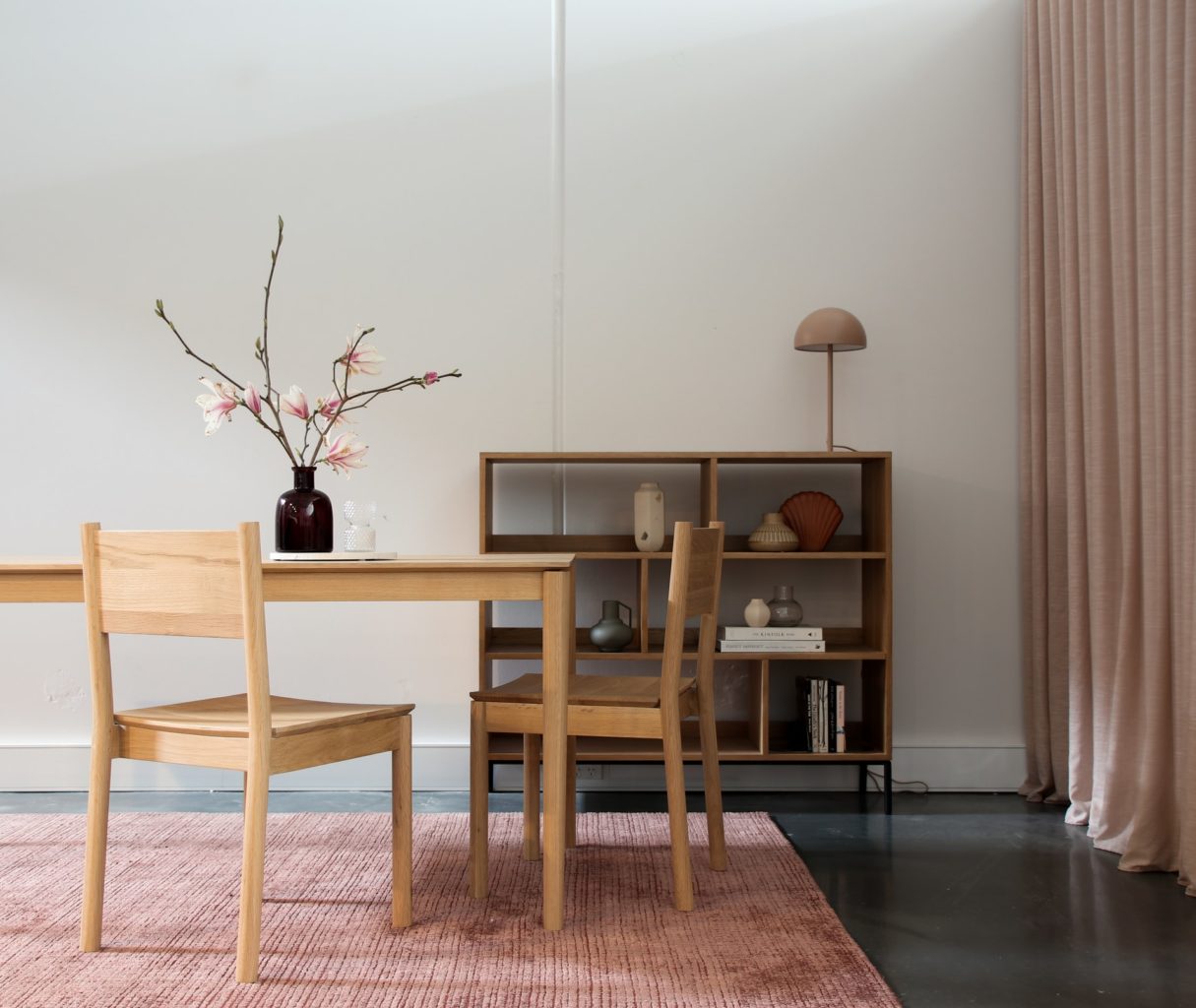
Lacquer
Another surface finish, lacquer dries quickly and provides great protection, making it great for a quick, durable job to protect the table. Lacquer can discolor with age, though, so will require some maintenance. Also, with furniture, use a spray version instead of the liquid. As anyone who has sprayed Pam on a baking sheet can tell you, the spray will likely end up places other than the table, so make sure to protect the surrounding area with old newspapers or cloth. You might want to avoid any open flames, too, as well as breathing protection.
Oils
A penetrating finish that works great for maintaining the look and color of the wood, oil finishes come in various forms. The most common are tung oil, linseed oil, and Danish oil. All three can require multiple coats, but linseed tends to require the most, so is often less preferred because of the extra work involved.
Make sure to use water based stains when using oil finishes, and apply the finish with a cloth and not a brush to ensure an even coat. Though durable and great for looks, oil based finishes can yellow with age, so some maintenance over the years will be required.
Shellac
Shellac provides a great shine and very durable protection as a surface finish. However, it is also very sensitive to heat. If you use proper protection for the wood when serving, it might be fine, but it is definitely not recommended for dining tables used for food or serving preparation. It’s also sensitive to alcohol and alcohol based cleaners. Honestly, not a great dining room table option, but it is there.
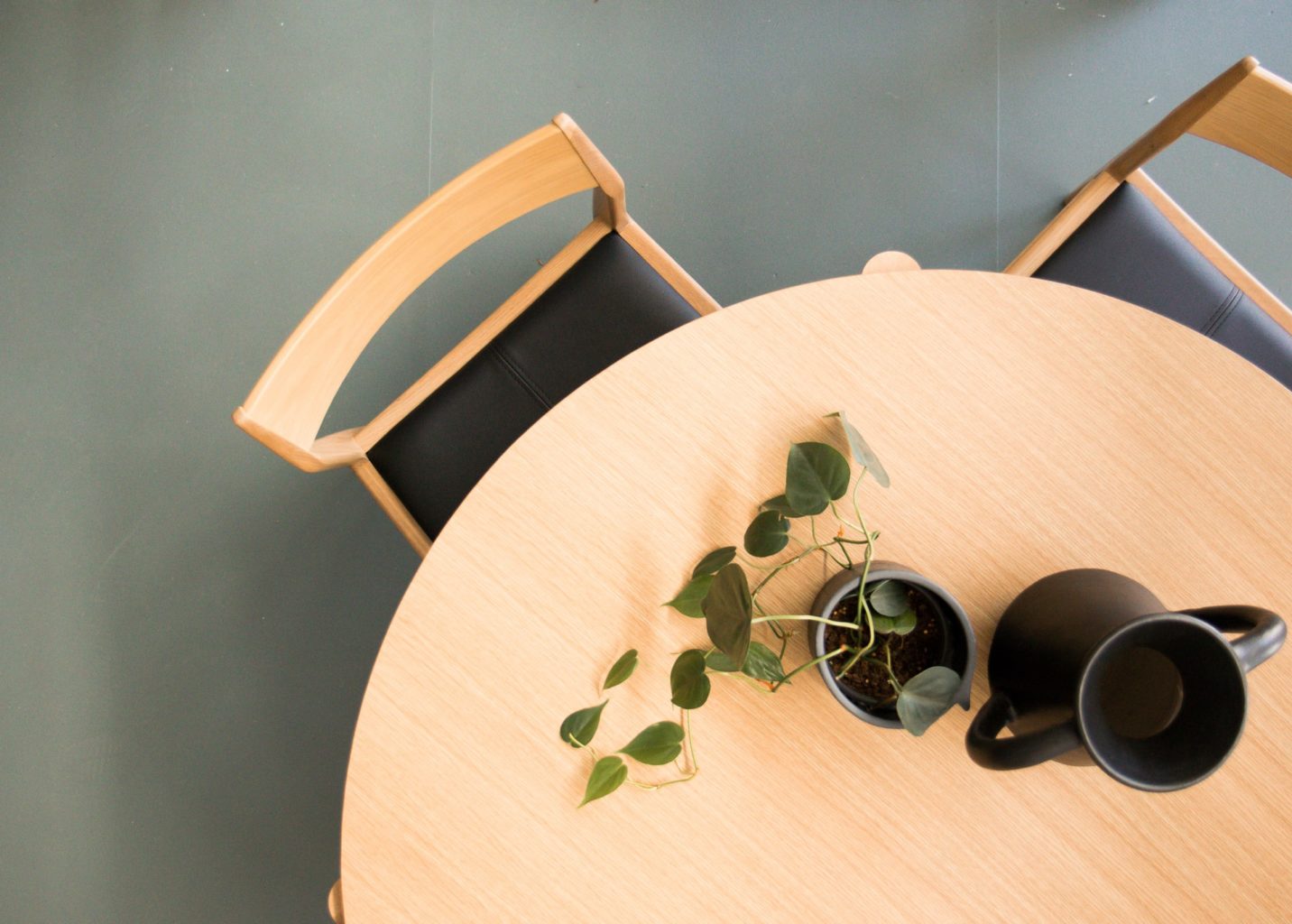
Polyurethane
A penetrating finish that seeps into the woods while also being considered a kind of varnish, the dried results can look a little dull. For this reason, to improve protection and shine on the finish, mixing polyurethane with another finish is often recommended. If used on its own, polyurethane can take multiple coats, so plan accordingly when applying. Remember that there are two types of polyurethane: water based and oil based. Water based lasts longer and is more durable, while oil based is more resistant to heat and spills. This is something to also keep in mind if mixing polyurethane with another finish.
Wax
Wax is not the most durable or protective surface finish, but it does create great results in terms of looks. The best way to apply it is with the grain while using a fresh brush with natural bristles to create an even coat and look. Wax doesn’t yellow with age like some finishes, either. That said, it doesn’t protect against dents, scratches, or, as you might guess, heat. Unfortunately, wax doesn’t mix well with other finishes, so you can’t really make up for the lack of protection that way.
Conclusion
While personal preference can play a part when it comes to finishes, it’s also important to take into account your needs based on the table and it’s use. you want the finish to last, look nice, and protect the table over the years. There are a lot of options on the market, and picking the right one may seem daunting. Take your time to ensure you find the right finish for the job.





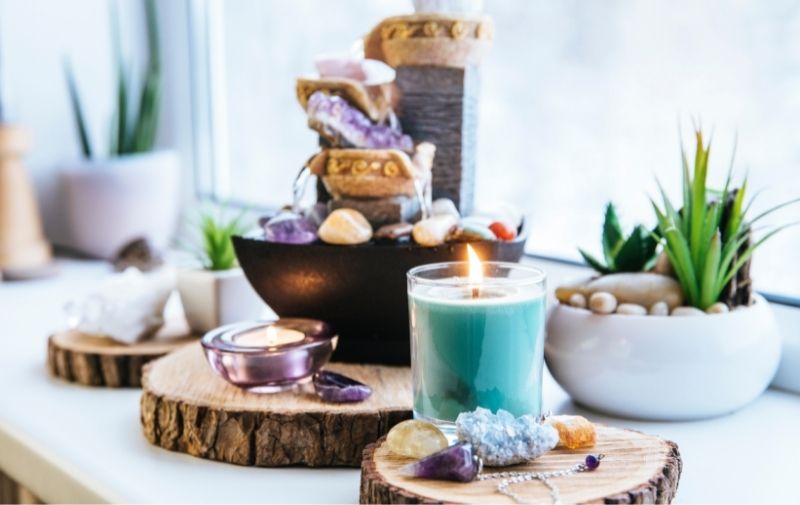

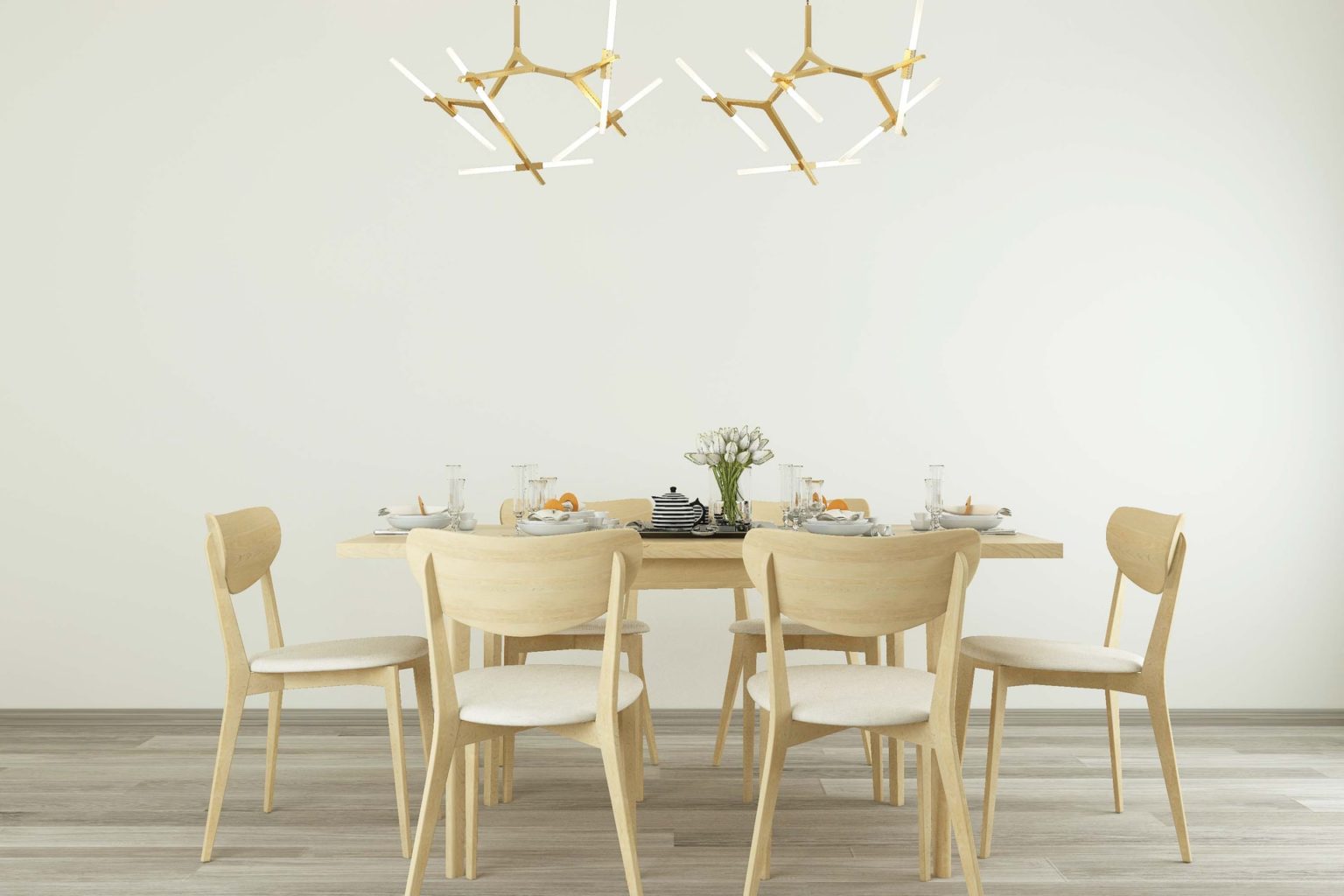
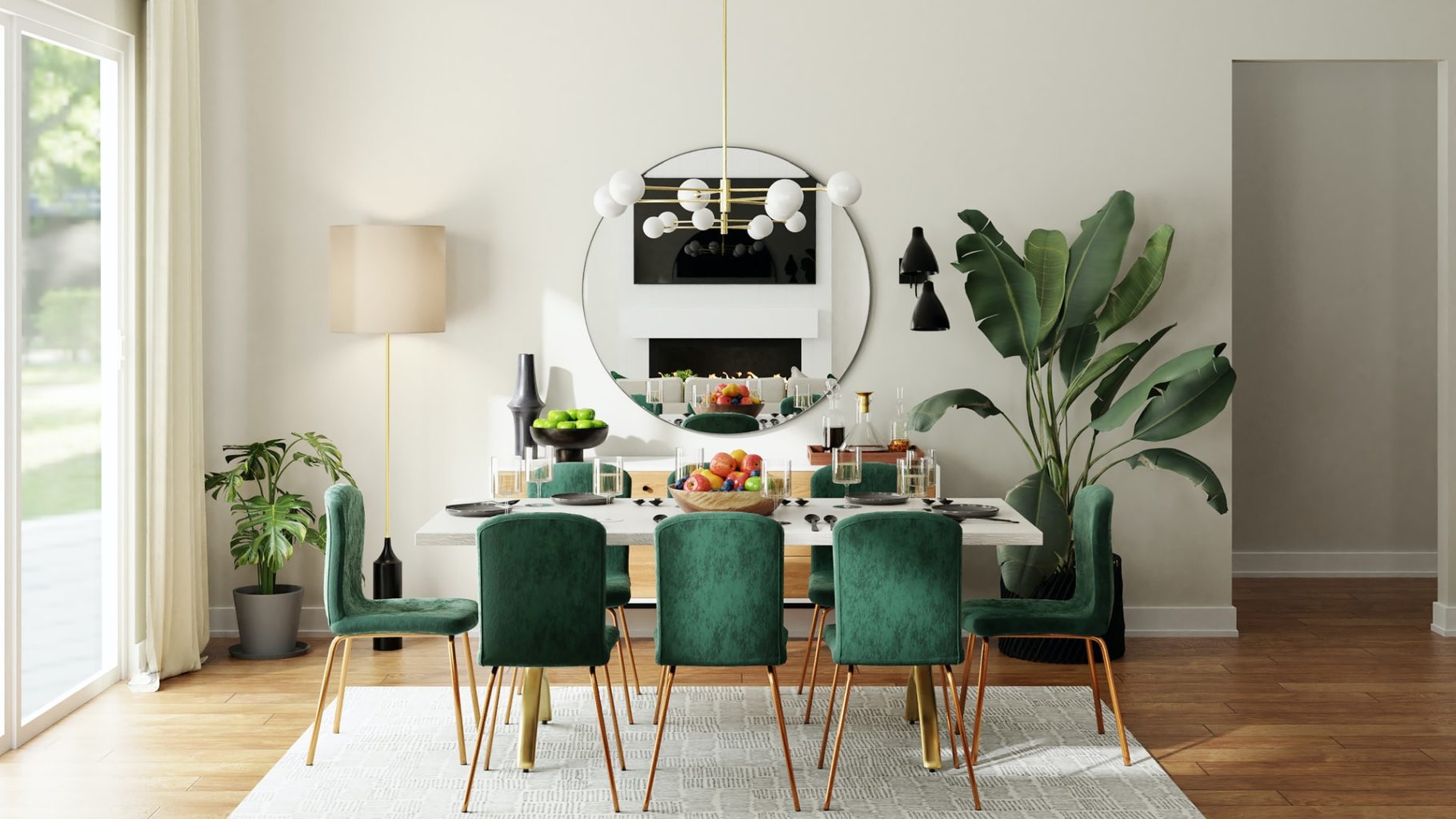
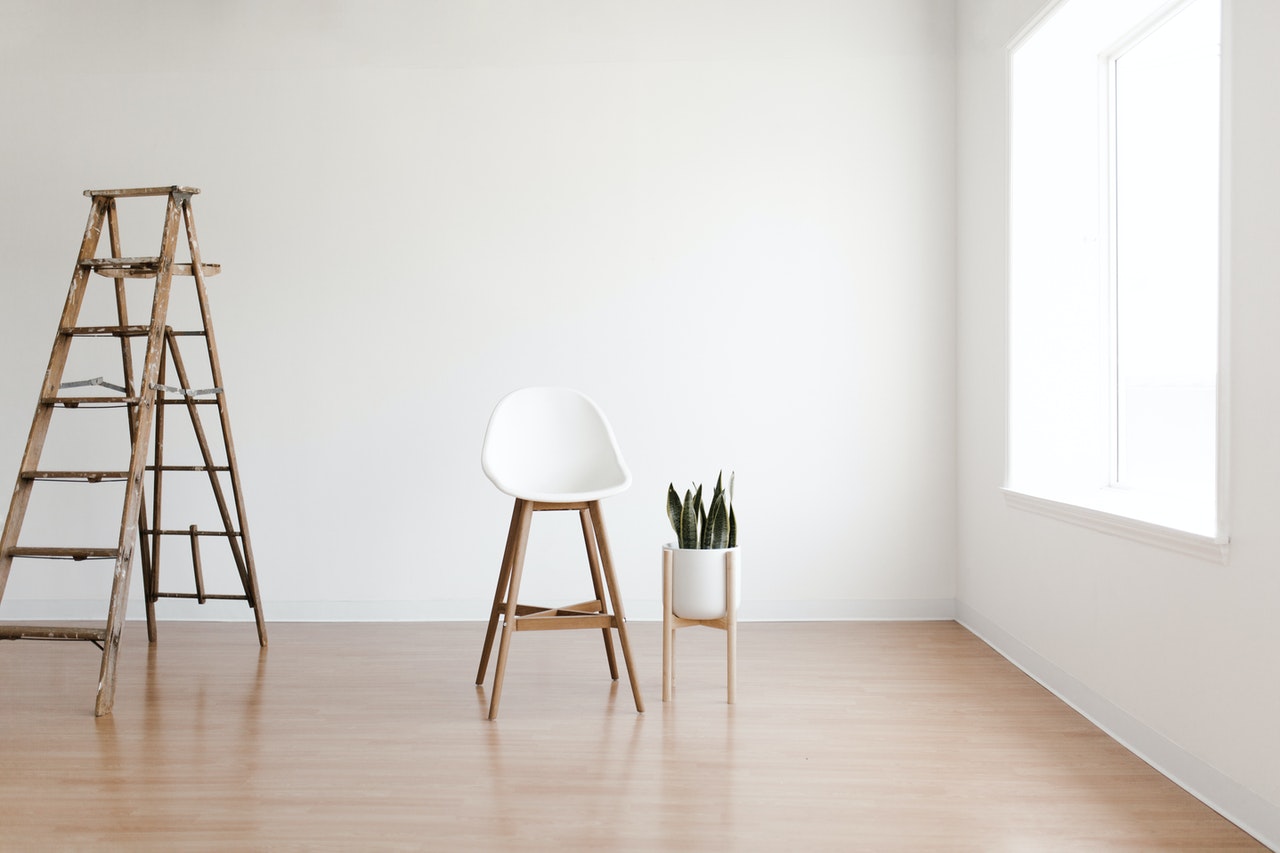
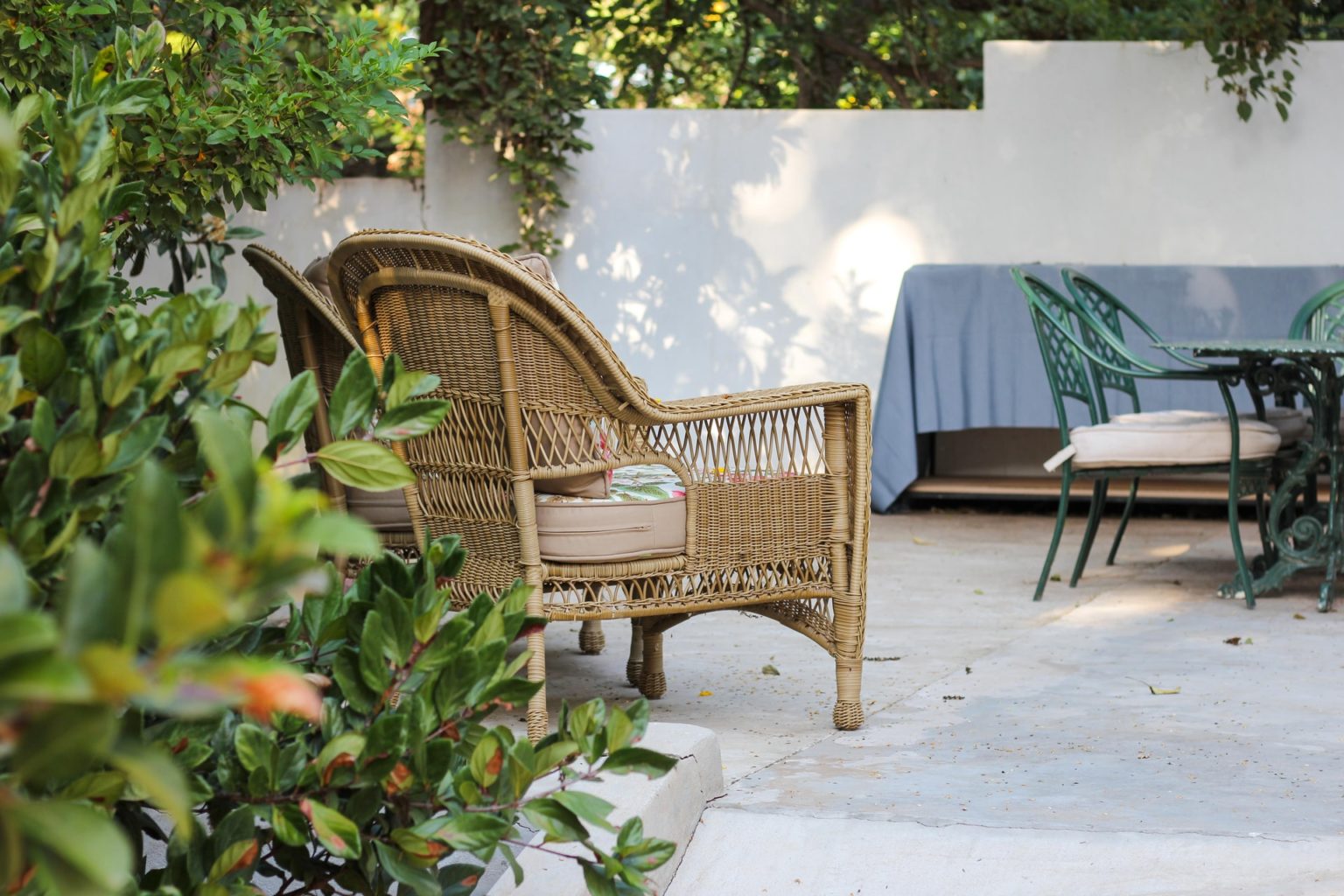
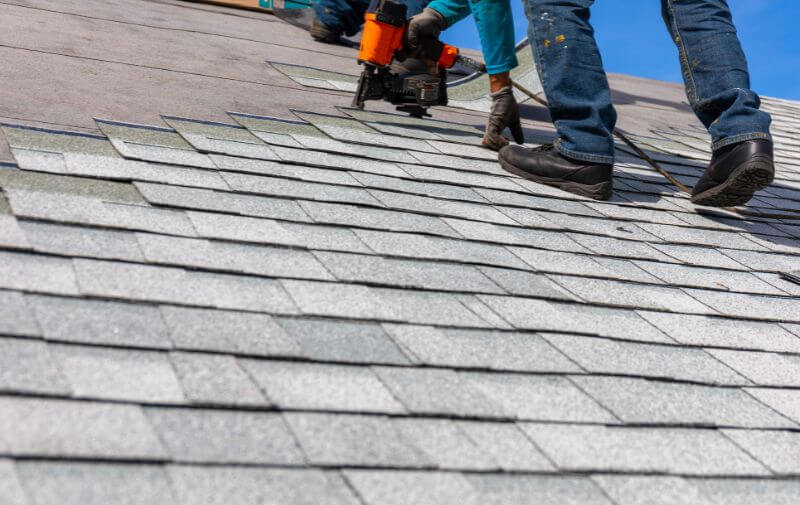
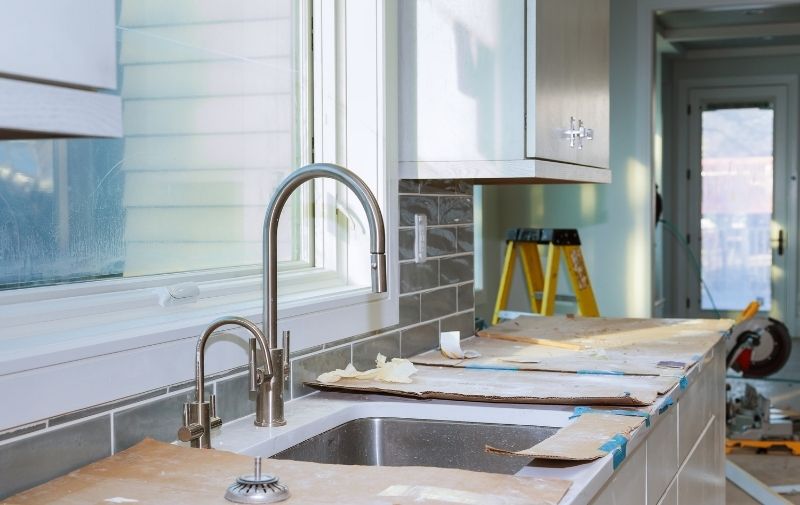

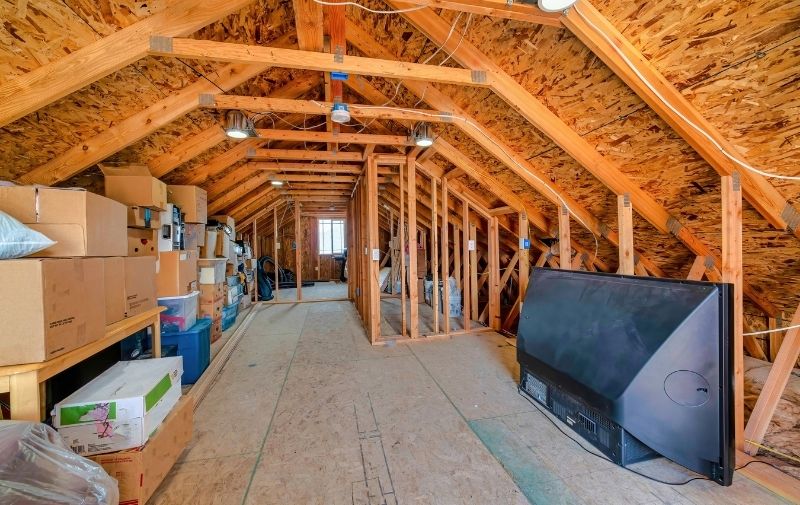

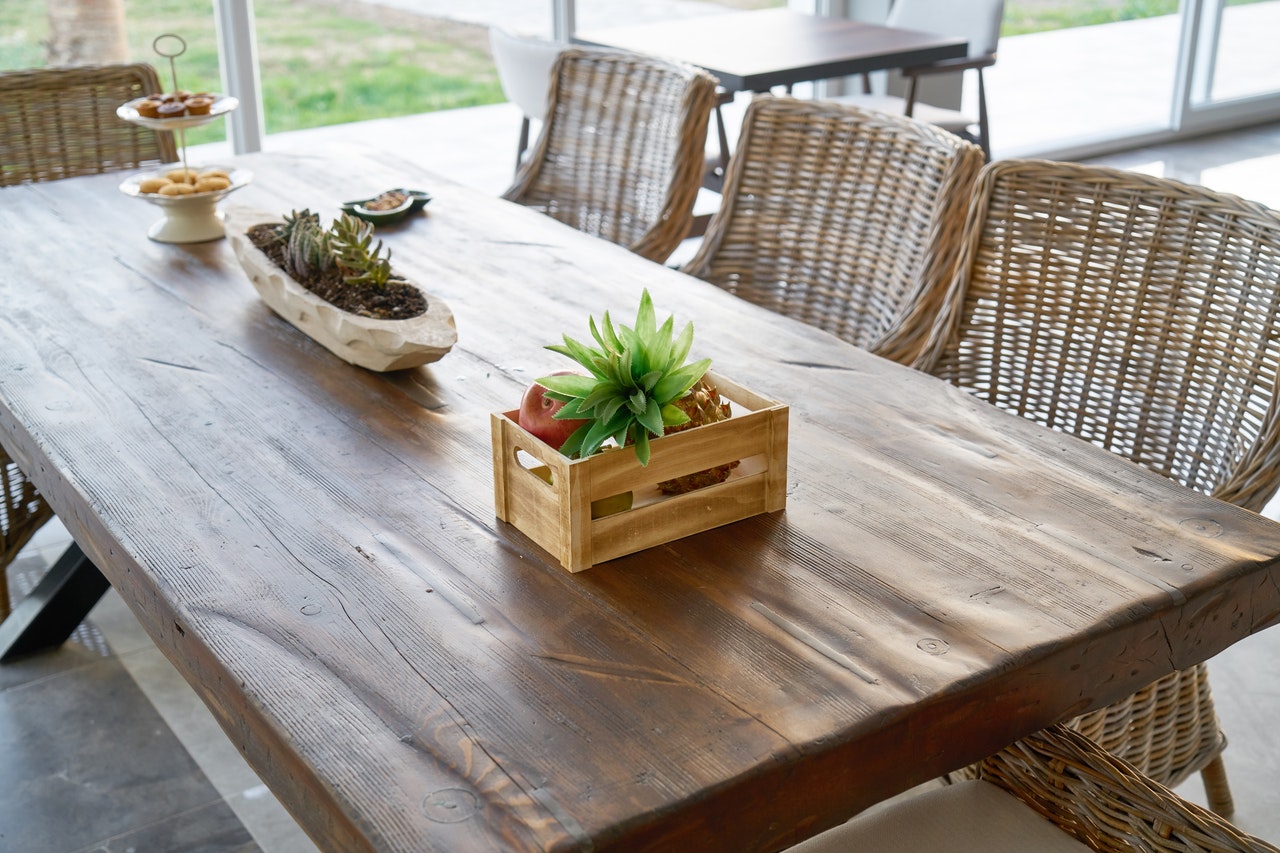
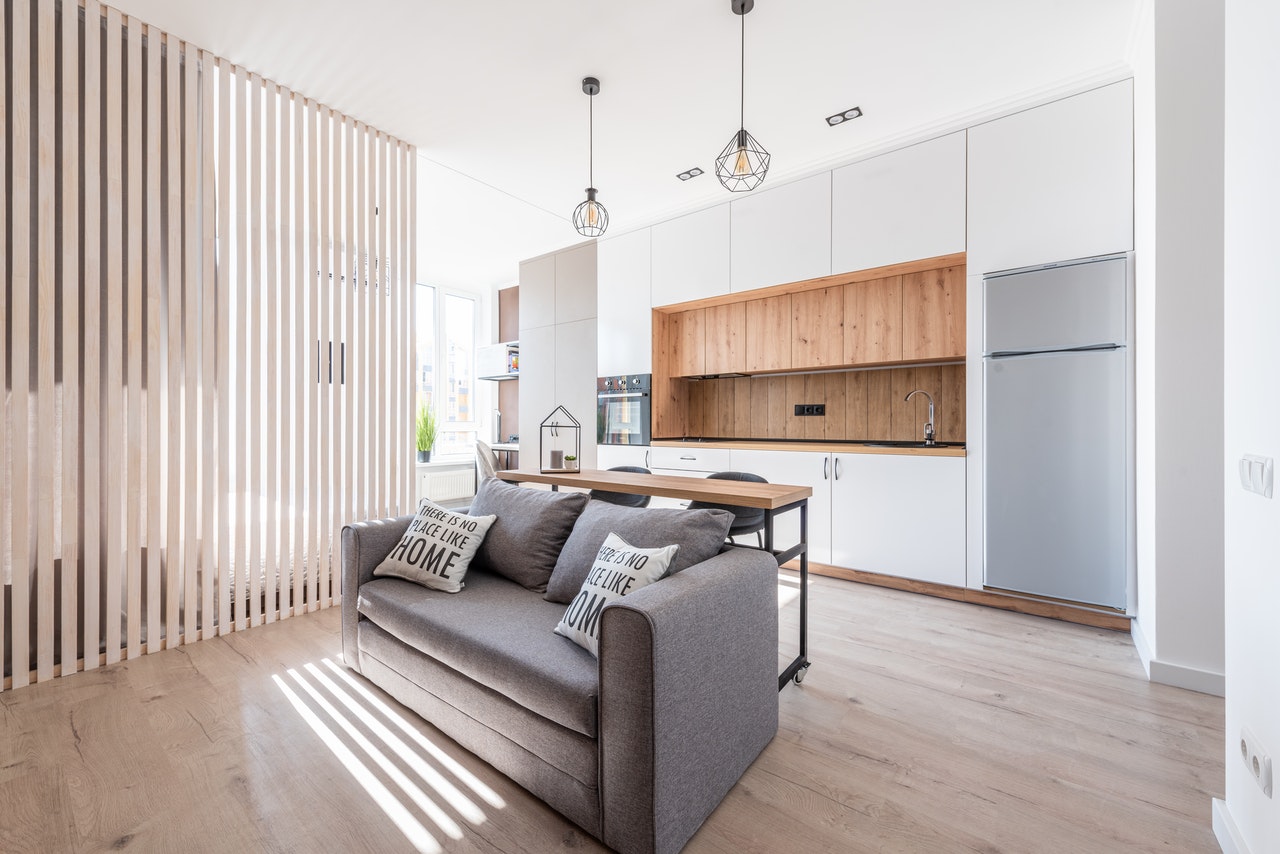




Leave a Reply